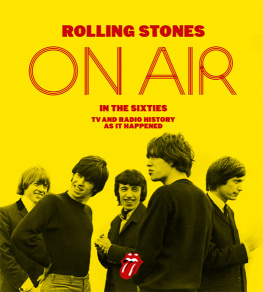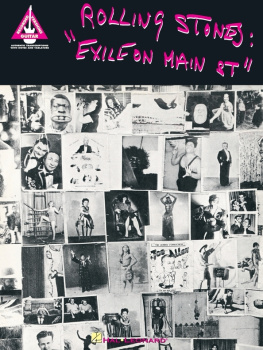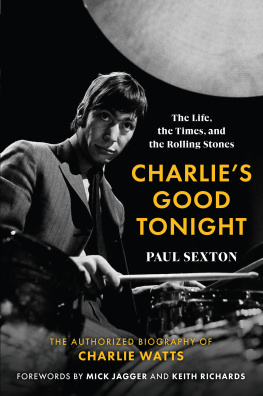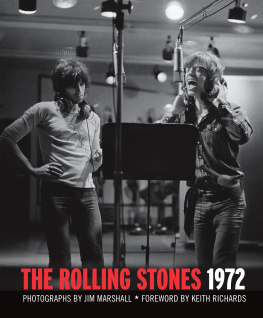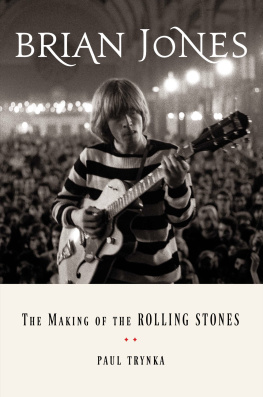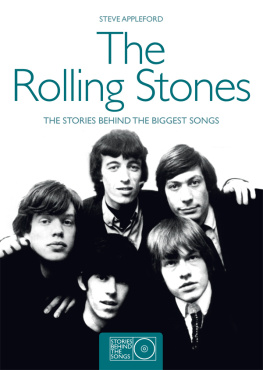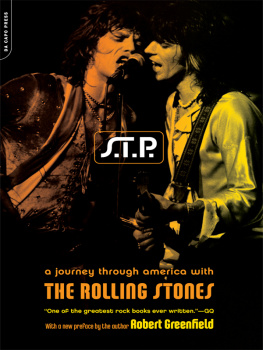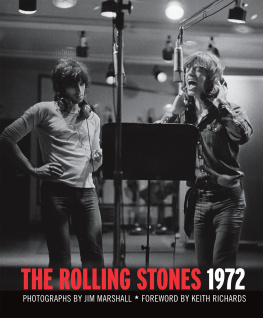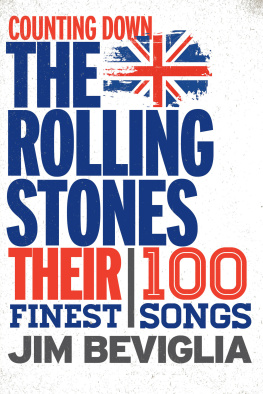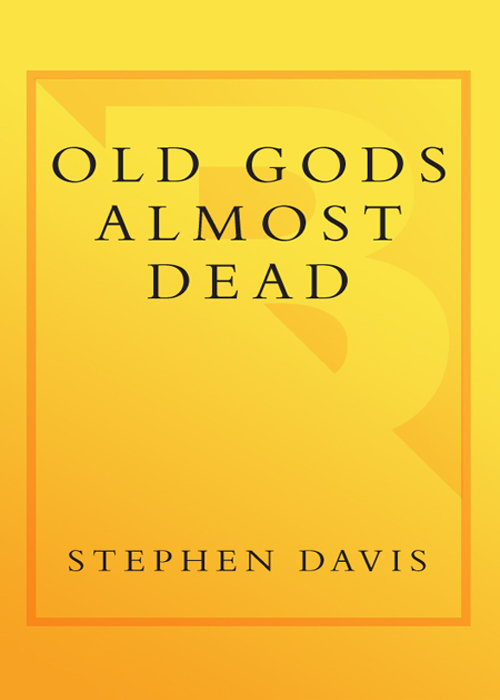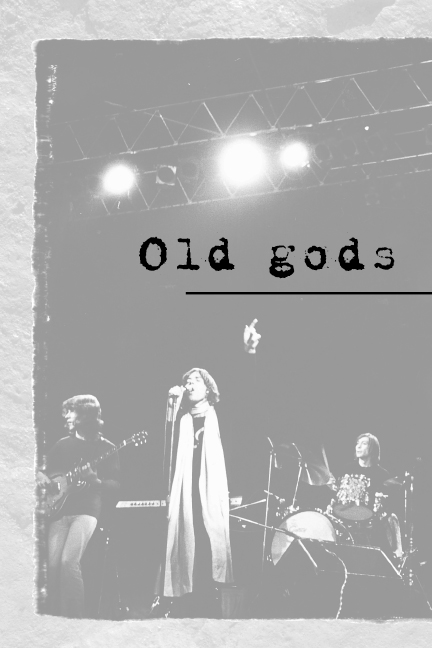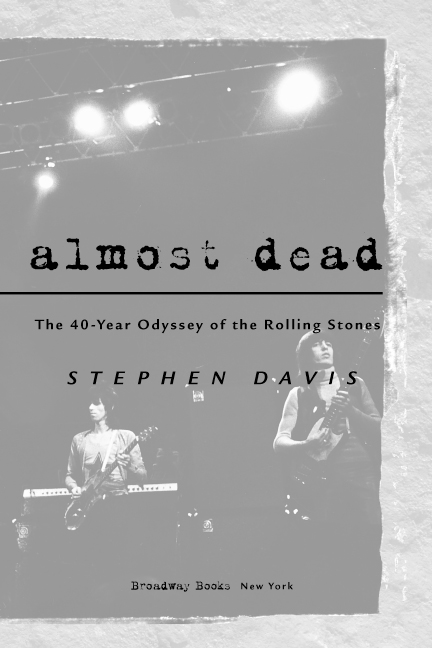For Stu Werbin and Bob Palmer
In memoriam
O wlsthey whinny down the night;
Bats go zigzag by.
Ambushed in shadow beyond sight
The outlaws lie.
Old gods, tamed to silence, there
In the wet woods they lurk,
Greedy of human stuff to snare
In nets of murk.
Look up, else your eye will drown
In a moving sea of black;
Between the tree-tops, upside down,
Goes the sky-track.
Look up, else your feet will stray
Into that ambuscade
Where spider-like they trap their prey
With webs of shade.
For though creeds whirl away in dust,
Faith dies and men forget,
These aged gods of power and lust
Cling to life yet
Old gods almost dead, malign,
Starving for unpaid dues:
Incense and fire, salt, blood and wine
And a drumming muse,
Banished to woods and a sickly moon,
Shrunk to mere bogey things,
Who spoke with thunder once at noon
To prostrate kings:
With thunder from an open sky
To warrior, virgin, priest,
Bowing in fear with a dazzled eye
Toward the dread East
Proud gods, humbled, sunk so low,
Living with ghosts and ghouls,
And ghosts of ghosts and last years snow
And dead toadstools.
Robert Graves, Outlaws
The Difference
Our source was sitting in the sun on the terrace of a caf in Londons Notting Hill on a recent spring afternoon. Shes a sophisticated Scots pixie in her fifties, wearing her white hair cropped short and no makeup, in cool black clothes with Berber silver and coral on her wrists and ears. She worked for the Rolling Stones for years and still has their home phone numbers in her book. She knows everything and everyonethe wives, ex-wives, old ladies, kids, even the grandchildren. She knows where they buried the bodies, at least some of them.
There is this continental divide between Mick on one side, and Keith and Ronnie on the other, she says. And nobodyno onecan cross that invisible line and be mates with both sides. They are in separate universes. Anyone who works for the Stones and even tries... You dont get called for the next tour. Youre over, baby. Dead meat. You cant imagine what that feels like. You havent experienced rejection until youve been rejected by the Rolling Stones.
Theres an old saying among those who have known the Stones a long time. Its that Mick wants to be Keith, and they all want to be Charlie. Why Charlie? Because hes genuinely hip, hes got innate good taste, and understands restraint. Charlie kept his family together, and he never got off on the star trip that the rest of them did. Hes just Charlie Watts, and when the jobs over, he goes home and feeds his horses.
But theres a wall between Mick and Keith, forty years after they started that band, and no one gets through it. Anyone who tries to bridge that gapforget it. You dont stand a chance in hell.
Dionysus Is in the House
July 1962, London. Cross busy Oxford Street to enter the neon world of Soho, with its strip clubs, peep shows, coffee bars, Italian restaurants, and basement music clubs. The narrow streets are full of night people and tourists, garish women, touts luring people into clubs with clever cockney street raps. The smell of espresso is in the air, the smell of sex, the smell of suicide. It is a desperately lively worldthe tawdry nightlife of a central London still scarred by World War II bomb damage.
Outside the Marquee, a basement club on Oxford Street, a small mob of kids cant get down the crowded stairs. Up the steps throbs some crude-sounding, powerful rock and roll music, crisp and black. Drum and bass back up a pounding boogie piano and wailing harmonica. A voice drawls Chicago blues with an American accent. Its the public debut of a new West London band who call themselves the Rollin Stones.
Two years later, and theyve spilled across the Atlantic. Five shaggy, shadowy young men stare out from the viscerally jarring sleeve of Englands Newest Hitmakers, their first American album. Unlike the tidy and cheeky Beatles, the sullen Rolling Stones look medieval, saw-toothed and weird, like something out of time. Like characters in an old saga. And the music: the Stones play hard-hearted, funky anthemsThe Last Time, Its All Over Nowthe polar opposites of the familiar pop love songs of the time. Mick Jaggers loose lips, indecently long hair, sharp clothes, and blatant insolence seem even more important than the music. Brian Joness magical cathode-ray aura, his flaxen blond hair glowing like a silver crown, transfixes a generation of young romantics. The Stones come on like a working-class gang armed with black music, rebels with a cause. They stake their claim with incendiary live shows featuring a harmony of sexual panic, fighting, riots, tear gas, violent cops, fan mania, mobbed limos, and chaotic getaways. The Stones, their audience, and the cops clash in a mass, desperate embrace that is loud, edgy, and blatantly erotic. Sex and death go hand in hand. Sirens scream and the earth moves. Dionysus is in the house.
Of course theyre not really gods, only gifted mortals upon whom modern media have conferred a kind of immortality. But the Rolling Stones story does have a pantheistic mythos to it. Their advent was uncannily prophesied by a shaman twenty years earlier and five thousand miles away. They started as a band of starving young outcasts on an improbable quest, and ended up a Plutonian offshore corporation that could generate megamillions when it mobilized for a tour. Their imagery is unforgettably Olympian: romantic heroes, senses deregulated, bathed in red-lit narcosis as they celebrated their black masses of carnal cravings and occasional human sacrifice. Rose petals flung from a wicker basket flutter down on drenched, exhausted worshipers. A priapic rock godling rides a giant throbbing phallus to climax a steamy indoor fertility rite. Twin brotherly guitarists, gaunt from constant intoxication, playing the stars from the sky like a pair of magic ravens. Tiny figures on immense, Babylonian stadium stages, magnified and projected by oracular Jumbotrons, remote as gladiators in the arena. Their lives, and deaths, echo the legends of the old gods with their operatic comings and goings, planetary mobility, and mercurial tales of love, lust, and revenge. The Rolling Stones were more than just a rock and roll band. They took the trouble to show us new worlds, and new ways of living in them as well.
In 1963, John Lennon was asked how long the mighty, unstoppable Beatles would last. He answered five years. They lasted six. But the Rolling Stones plowed on, deploying a complex, improvisational mix of artistic integrity, steel-hearted careerism, bold appropriation, media manipulation, sexual tension, shameless hype, and quality aestheticsan intuitive blend of instinct, luck, and calculation that kept them relevant, and improbably cool, through four decades of style revolutions, cultural changes, and technological advances.
Aside from the strength of their music and the hold it continues to have on two generations of fans, the most interesting aspect of the Rolling Stones has been the cross-pollinating interaction they had with almost every important artistic movement of the past forty years. There was a certain epic grandeur in how Brian Joness early Rolling Stones led a successful crusade to inoculate America with its own neglected rhythm and blues while forcing a sclerotic and diminished England to inhale a whiff of anarchic insolence. The Stones then morphed into a soul band, introducing Motown and Memphis hits to their European audience, before they brashly crashed America in 1965 as the epitome of the flash London pop group with a string of dark, ascerbic hit records, starting with the legendary Satisfaction. From then on, the Stones became indispensable icons of pop and intersected with, borrowed from, and reinspired some of the most important artists of the times. With the Beatles and Bob Dylan, they cornered a heroic transatlantic triad of sixties pop genius. The Stones had important links with the international Beat fathers (William Burroughs, Allen Ginsberg, Brion Gysin, Terry Southern), Andy Warhols pop art demimonde in New York, the California music scene, and masters of avant-garde European cinema like Godard, Vadim, and Antonioni. When their music needed fresh inspiration, the Stones became adept at grabbing crucial new sounds at the moment they emerged aboveground: Moroccan rhythms, Brazilian samba, the glam rock of David Bowie, the New Orleans funk of the Meters, Jamaican reggae, disco, punk, hip-hop, and techno. But ultimately, Sex was what the Rolling Stones were all about. Their famous logoscarlet lips open in invitation, lolling wet tongue, smiling white teethadvertises oral sex like its their real trademark. And their taboo-breaking sadomasochismin their music and presentations as well as their daily realitydrove audiences to frenzy, while their love storiestheir famous golden muses and the sexual tension inside the bandcaptivated a loyal army of fans for decades.


